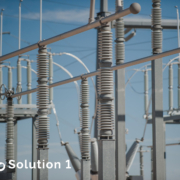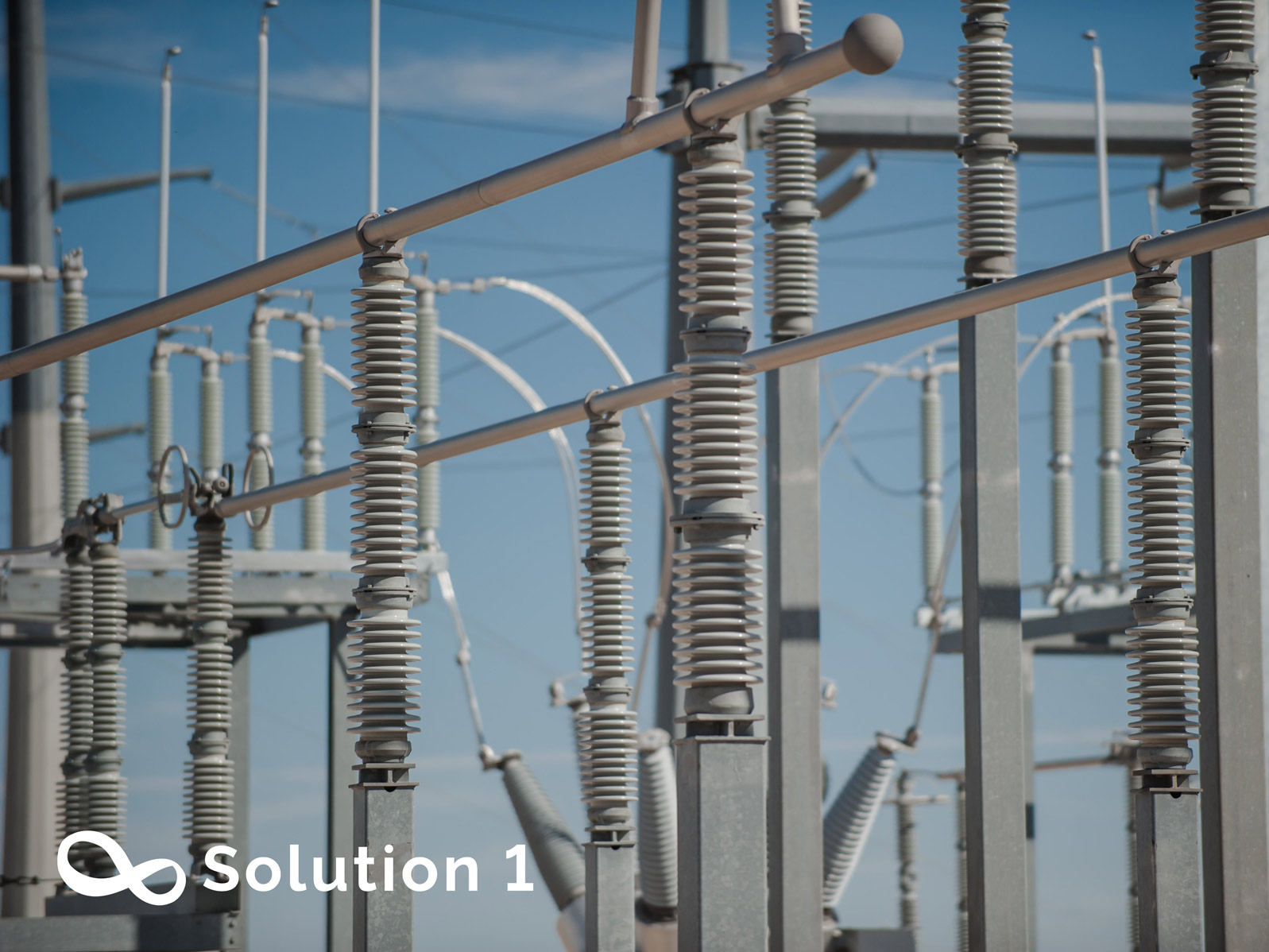The peak load poses a threat to grid reliability.
- Future trends in microgrid peak shaving various approaches.
Several microgrids, particularly those in isolated operations, have a lot of volatility in demand across time, which causes peaks in load profile. Peaks in electrical demand introduce many perplexities in microgrid operation. Generators in fuel-based islanded microgrids typically perform inefficiently due to peaks in demand, with some even experiencing low-load operation.
A microgrid utility faces a significant challenge in managing time-varying demand during peak periods. If the generation system fails to perfectly match the electricity demand, several issues arise, including instability, voltage fluctuation, and reliability, all of which have an impact on the entire electrical system. These issues can manifest themselves as wear and tear on generation equipment as well as poor power quality. Meanwhile, to reduce peak load, the supply current must be greatly increased.
In addition, increasing supply current will reduce system efficiency as current is nonlinearly related to power loss. One more thing, the microgrid system’s components are all oversized to meet peak demand, although peak demand appears infrequently. As a result, when running at part load, some system components, are less efficient.
This has an impact on the system’s total losses. As microgrids are small, they do not usually include a peaking generator, to deal with peak demand. Microgrids are designed to accommodate both base and peak loads. However, generators mostly operate inefficiently as peaks only last a few hours in a day. Increased power consumption at peak periods necessitates an increase in the supply of raw materials to the generators. Stress on microgrids keeps increasing, which has an impact on efficiency. In some cases, microgrids set aside a percentage of their total capacity to mitigate peak demands.
- Introducing a battery energy storage system for peak demand shaving can assist with power reliability.
Peak load means the maximum demand in a power system for a certain period. It can occur at any time depending on the required power of the system and can stay for a small proportion of the operating period. Due to the increasing number of electricity consumers, the peak demand is changing continuously for the power system around the world.
Balancing the supply and demand during peak periods is a key challenge for the power provider to ensure uninterrupted power flow. A grid-connected power system needs to purchase more electricity during peak periods. Generally, the price of electricity during the peak periods is very high with respect to the off-peak periods.
The best peak-shaving option is to connect battery energy storage systems to the grid. This method can be employed in residential structures, industries, and grids to accomplish peak shaving. Peak shaving is accomplished with this strategy by charging the battery energy storage system when demand is low and discharging when demand is high.
Nowadays, battery energy storage systems are most commonly used for peak load shaving, among other energy storage technologies. Microgrid utility operators can use battery energy storage system-based peak shaving to take advantage of electricity price differences. They can store energy during off-peak hours when prices are lower and then sell it to customers when demand and prices are higher.
The application of battery energy storage systems is more effective for grid peak shaving. Also, the operation and maintenance of large-scale battery energy storage systems in the grid are challenging.











